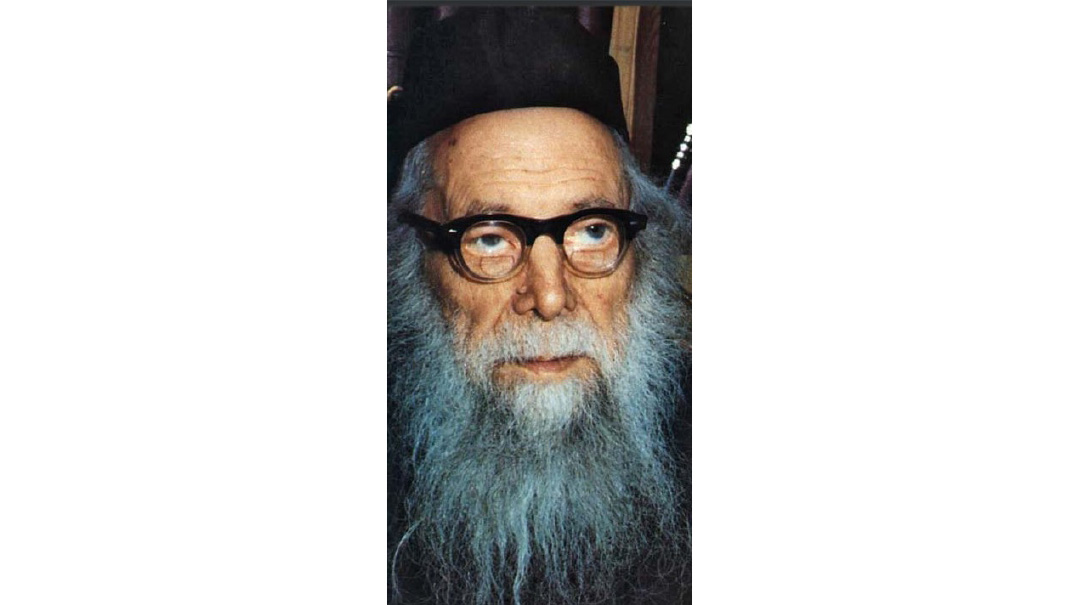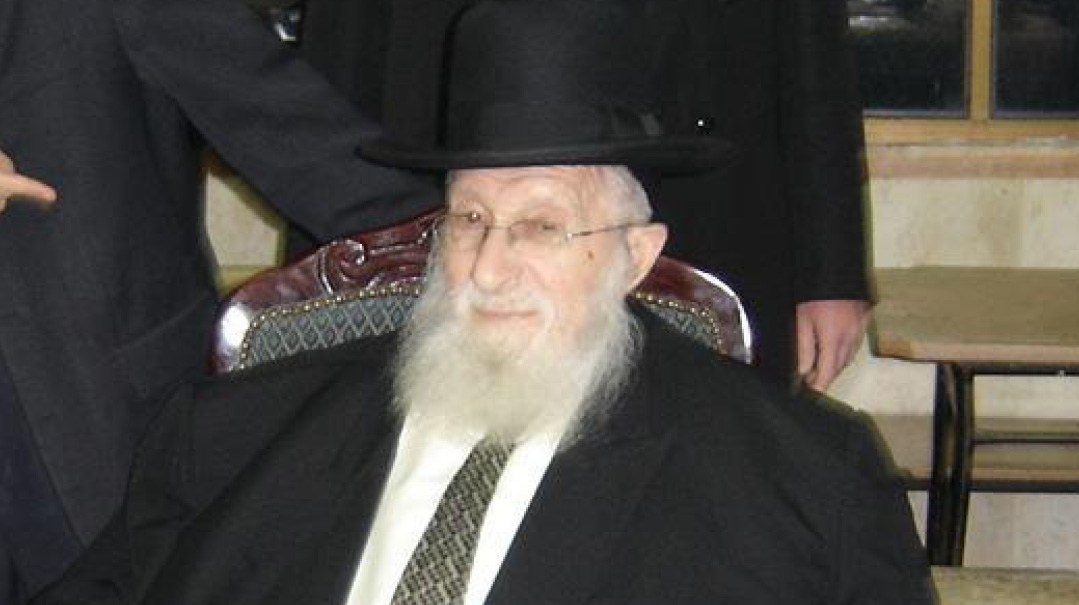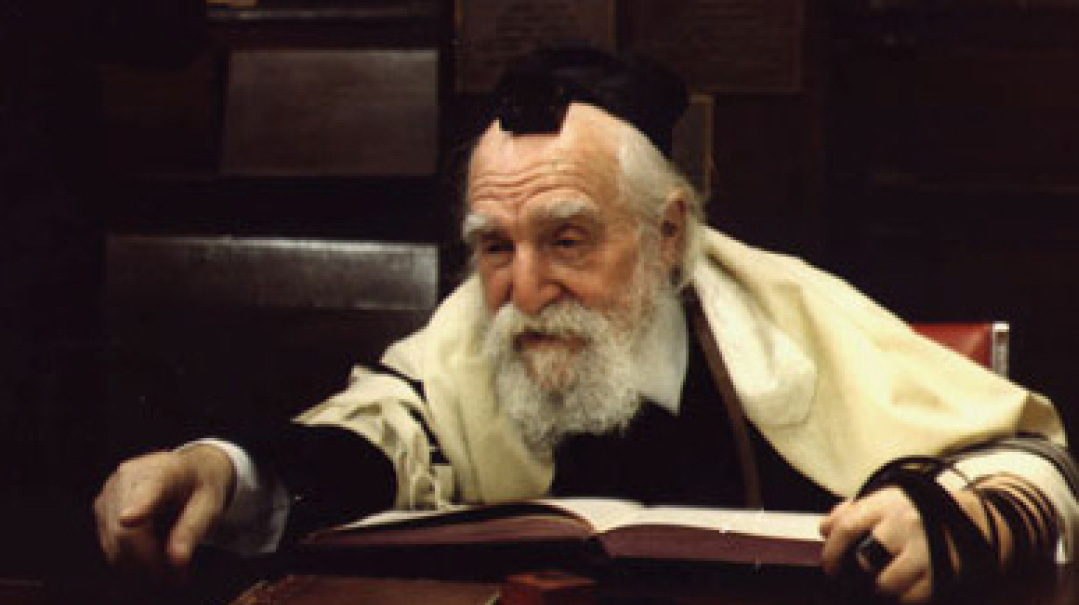Standing Up for Greatness
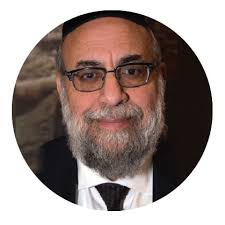
Rav Aharon responded, “Is it possible to sit down while talking to Rav Moshe Feinstein?”
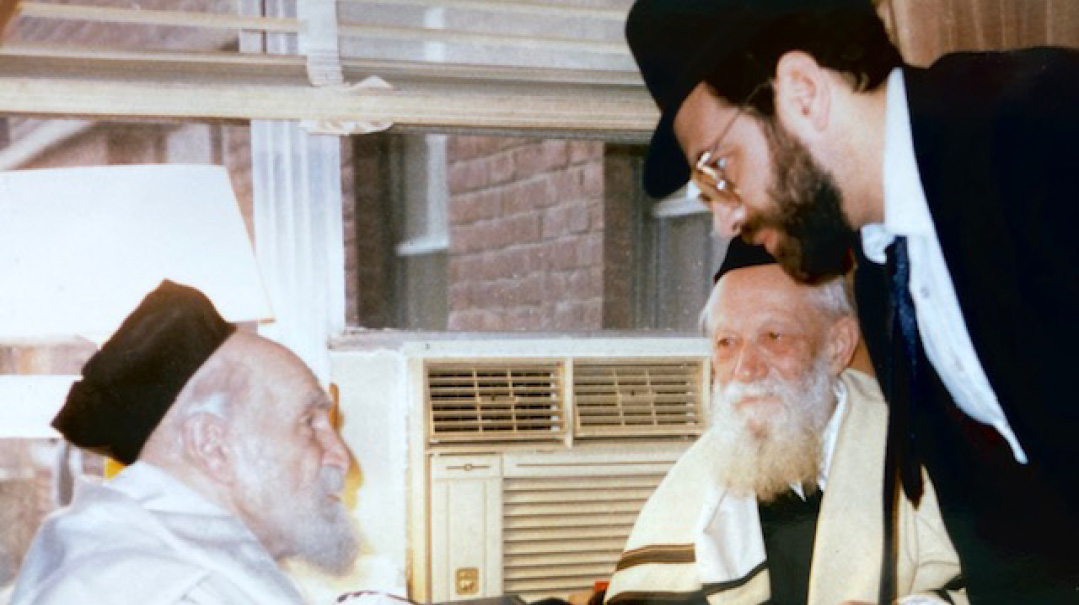
S
everal decades ago, when I was learning in yeshivah in Yerushalayim, I merited a close connection with the posek hador, Maran Hagaon Rav Elyashiv ztz”l.
One Thursday night, I asked the Rav what his opinion was about Shabbos clocks. He asked me why would I think there was any issue with using them, and I explained that I had seen that Rav Moshe Feinstein ztz”l raises several halachic concerns with regard to their usage.
To my surprise, Rav Elyashiv stared at me and answered emphatically, “There is no such Rav Moshe.”
I responded that I remembered seeing a written teshuvah from Rav Moshe on this topic and could even quote some of his concerns. But again, Rav Elyashiv told me very sternly that there was no such Rav Moshe.
When I got back to yeshivah I looked at my notes and found a reference to the responsum I had quoted. However, I realized that the discussion had not been printed in Rav Moshe’s classic sefer Igros Moshe, but rather in a soft-covered pamphlet called Torah V’hora’ah, a quarterly publication printed by MTJ that featured many fascinating psakim from Rav Moshe. I knew that I just had to find a copy of that pamphlet and show it to Rav Elyashiv. But after pursing many leads, I came up empty-handed.
It was only the next day that I finally remembered where I had seen the pamphlet. I was a frequent Shabbos guest in the Bayit Vegan home of Rav Gavriel Beer a”h (the father of Eli Beer, the founder of United Hatzalah in Eretz Yisrael), and he had an extensive library. I promptly called Reb Gavriel, who confirmed that he indeed had the pamphlet, and graciously offered to lend it for as long as I needed it.
I ran to Bayit Vegan, picked it up, and proceeded to Rav Eliyashiv’s home to show it to him. It was Friday afternoon, though, and those familiar with the Rav’s schedule know that Erev Shabbos was sacred to him. It was his private time to learn. He would lock himself in the Ohel Sara shul and could not be disturbed for any reason.
When the Rebbetzin a”h, whom I knew well, asked me why I had come then, I explained to her that I had a pamphlet with a psak from Rav Moshe that the Rav wasn’t familiar with. She instructed me to leave it with her, assuring me she would give it to the Rav on Shabbos, and told me to come back on Motzaei Shabbos.
I was delighted at her offer. Motzaei Shabbos in the Rav’s home was exclusively for family time and the doors were closed to anyone else. A personal invitation from the Rebbetzin to come back on Motzaei Shabbos was a great privilege. And it wasn’t limited to that week; that initial visit became a springboard for regular Motzaei Shabbos visits for the next 13 months.
In any event, when I returned on Motzaei Shabbos, the Rav conceded that Rav Moshe indeed held differently than he did about Shabbos clocks, but said he disagreed with the psak. He shared with me six questions that he had, and asked me to send them to Rav Moshe and share his responses. I did so and merited to relay several rounds of comments between these gedolei hador. (Note: In subsequent years, additional volumes of Igros Moshe were published and this teshuvah has since been printed.)
Aside from the halachic insight I gleaned, in the context of this saga, the Rav shared something else with me that I have never forgotten. On that first Motzaei Shabbos, after confirming the teshuvah from Rav Moshe was real, I asked the Rav how he was so sure that a teshuvah he was not familiar with didn’t exist.
In response, he shared something astounding with me. He explained that while of course he had heard of Rav Moshe and his greatness in Torah, he had never had any exposure to him or his psakim. Then in the early 1950s, while sitting on the Beis Din Hagadol of Yerushalayim, he was faced with a very difficult sh’eilah concerning a get and was unsure if his approach was correct.
When he heard that the Lakewood rosh yeshivah, Rav Aharon Kotler ztz”l, had just arrived in Eretz Yisrael, Rav Elyashiv decided to discuss the sh’eilah with him.
After he shared the details with Rav Aharon, the Rosh Yeshivah stood up and said, “There is only one person in the world who can deal with this complex sh’eilah, and that is Rav Moshe Feinstein.”
Rav Aharon then picked up the phone and called Rav Moshe in what turned out to be a discussion that lasted close to 40 minutes. And for the duration of the entire phone call, Rav Aharon remained standing. Rav Elyashiv told me that he tried several times to push a chair closer to Rav Aharon so he could sit down, but he just ignored his overtures.
When the call finally ended and Rav Aharon shared Rav Moshe’s psak with him, Rav Elyashiv thanked the Rosh Yeshivah for his time, and then asked him why he would not sit down while on this long phone call.
Rav Aharon responded, “Is it possible to sit down while talking to Rav Moshe Feinstein?”
Rav Elyashiv told me that after seeing Rav Aharon’s reverence for Rav Moshe, he resolved at that moment that he would learn every one of Rav Moshe’s teshuvos and chiddushei Torah until he was completely familiar with all of his Torah. And that was why he was so sure that the teshuvah I had mentioned didn’t exist in any of his seforim (which was true until years later).
Watching Rav Aharon display his reverence for Rav Moshe resulted in new vistas of Torah for Rav Elyashiv, already recognized as one of the gedolei hador of his generation. Imagine what this story can do for the rest of us.
(Originally featured in Mishpacha, Issue 1013)
Oops! We could not locate your form.

